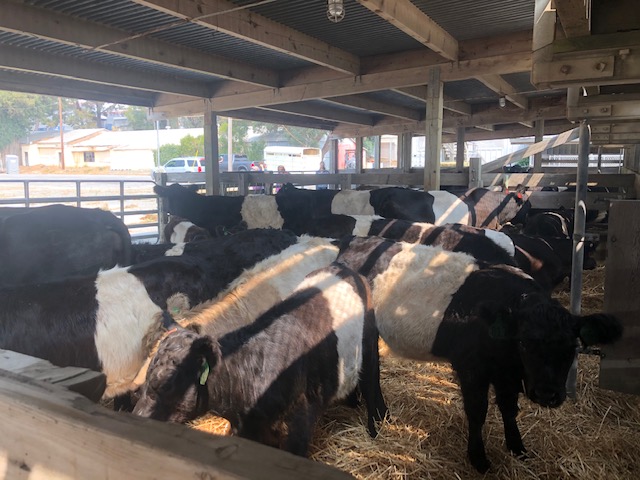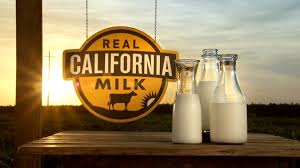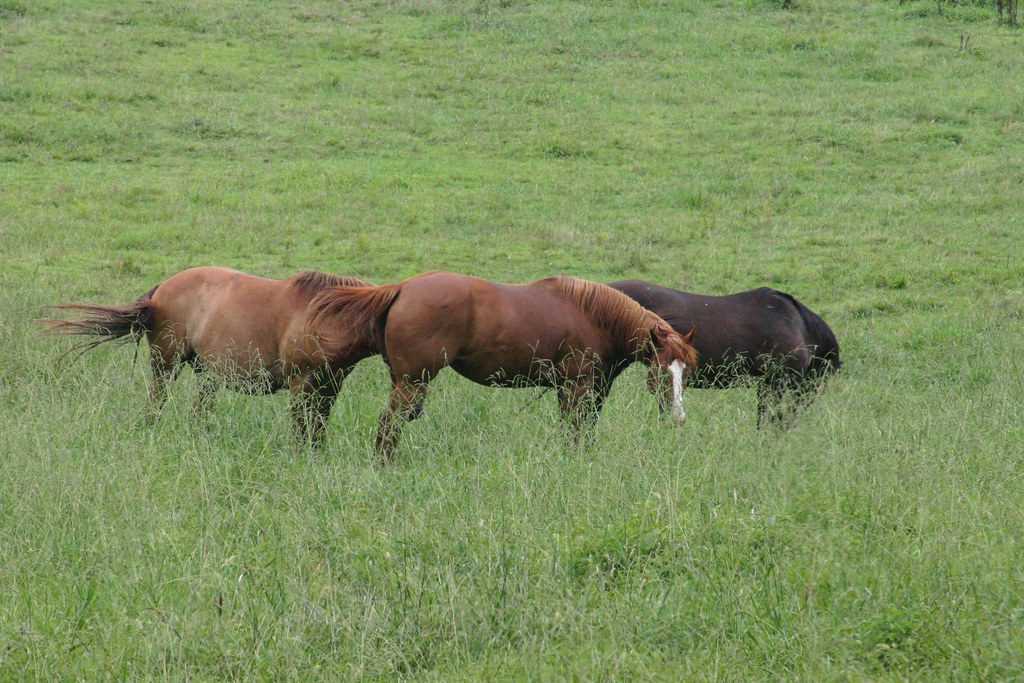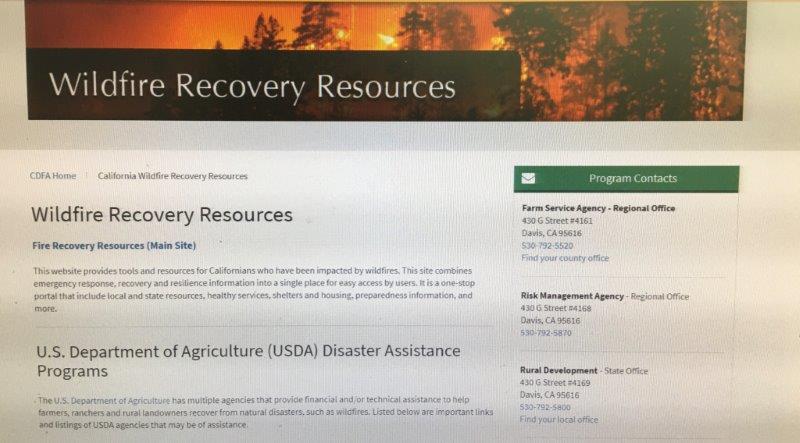From a USDA News Release
U.S. Secretary of Agriculture Sonny Perdue announced the U.S. Department of Agriculture (USDA) will extend several flexibilities through as late as December 31, 2020. The flexibilities allow summer meal program operators to continue serving free meals to all children into the fall months. This unprecedented move will help ensure – no matter what the situation is on-the-ground – children have access to nutritious food as the country recovers from the COVID-19 pandemic. USDA has been and continues to be committed to using the Congressionally appropriated funding that has been made available.
“As our nation reopens and people return to work, it remains critical our children continue to receive safe, healthy, and nutritious food. During the COVID-19 pandemic, USDA has provided an unprecedented amount of flexibilities to help schools feed kids through the school meal programs, and today, we are also extending summer meal program flexibilities for as long as we can, legally and financially,” said Secretary Perdue. “We appreciate the incredible efforts by our school foodservice professionals year in and year out, but this year we have an unprecedented situation. This extension of summer program authority will employ summer program sponsors to ensure meals are reaching all children – whether they are learning in the classroom or virtually – so they are fed and ready to learn, even in new and ever-changing learning environments.”
“School Nutrition Association greatly appreciates USDA addressing the critical challenges shared by our members serving students on the frontlines these first weeks of school. These waivers will allow school nutrition professionals to focus on nourishing hungry children for success, rather than scrambling to process paperwork and verify eligibility in the midst of a pandemic.” said School Nutrition Association (SNA) President Reggie Ross, SNS. “We look forward to continuing our dialogue with USDA to ensure school meal programs are equipped to meet the future needs of America’s students.”
“Today’s announcement brings a huge relief to our school meal program and the community we serve,” said Lindsay Aguilar, RD, SNS, Director of Food Services for Tucson Unified School District, AZ. “Many of our families who might not qualify for free meals are still going through a tough time and are worried about how to keep food on the table. Now their children will have one less thing to worry about as they adjust to evolving in-school and remote learning scenarios. These waivers also eliminate a massive administrative burden for our school nutrition staff, allowing them to focus on feeding children.”
“These waivers will ensure every hungry child in the city of Cleveland has access to healthy school meals, while eliminating the burdensome, time consuming process of verifying and documenting enrollment,” said Chris Burkhardt, SNS, Executive Director of School Nutrition for Cleveland Metropolitan School District, OH. “Our school nutrition team had to develop and implement a bar code verification system this fall that has greatly complicated and slowed service. With these waivers, we’ll be able to speed up meal distribution for the safety of staff and families and ensure no student is denied access to healthy meals.”
Background:
USDA’s Food and Nutrition Service (FNS) is extending a suite of nationwide waivers for the Summer Food Service Program (SFSP) and Seamless Summer Option (SSO) through the end of 2020, or until available funding runs out. This includes:
- Allowing SFSP and SSO meals to be served in all areas and at no cost;
- Permitting meals to be served outside of the typically-required group settings and meal times;
- Waiving meal pattern requirements as necessary; and
- Allowing parents and guardians to pick-up meals for their children.
Collectively, these flexibilities ensure meal options for children continue to be available so children can access meals under all circumstances. USDA is taking this unprecedented action to respond to the needs of its stakeholders, who have shared concerns about continuing to reach those in need without enlisting the help of traditional summer sites located throughout communities across the US.
Over the past six months, partners across the country have stood up nearly 80,000 sites, handing out meals at a higher reimbursement rate than the traditional school year program. USDA has continuously recalculated remaining appropriated funds to determine how far we may be able to provide waivers into the future, as Congress did not authorize enough funding for the entire 2020-2021 school year. Reporting activities are delayed due to States responding to the pandemic; however based upon the April data we currently have available, FNS projects that it could offer this extension, contingent on funding, for the remaining months of 2020. USDA will continue to actively monitor this rapidly evolving situation and continue to keep Congress informed of our current abilities and limitations.







